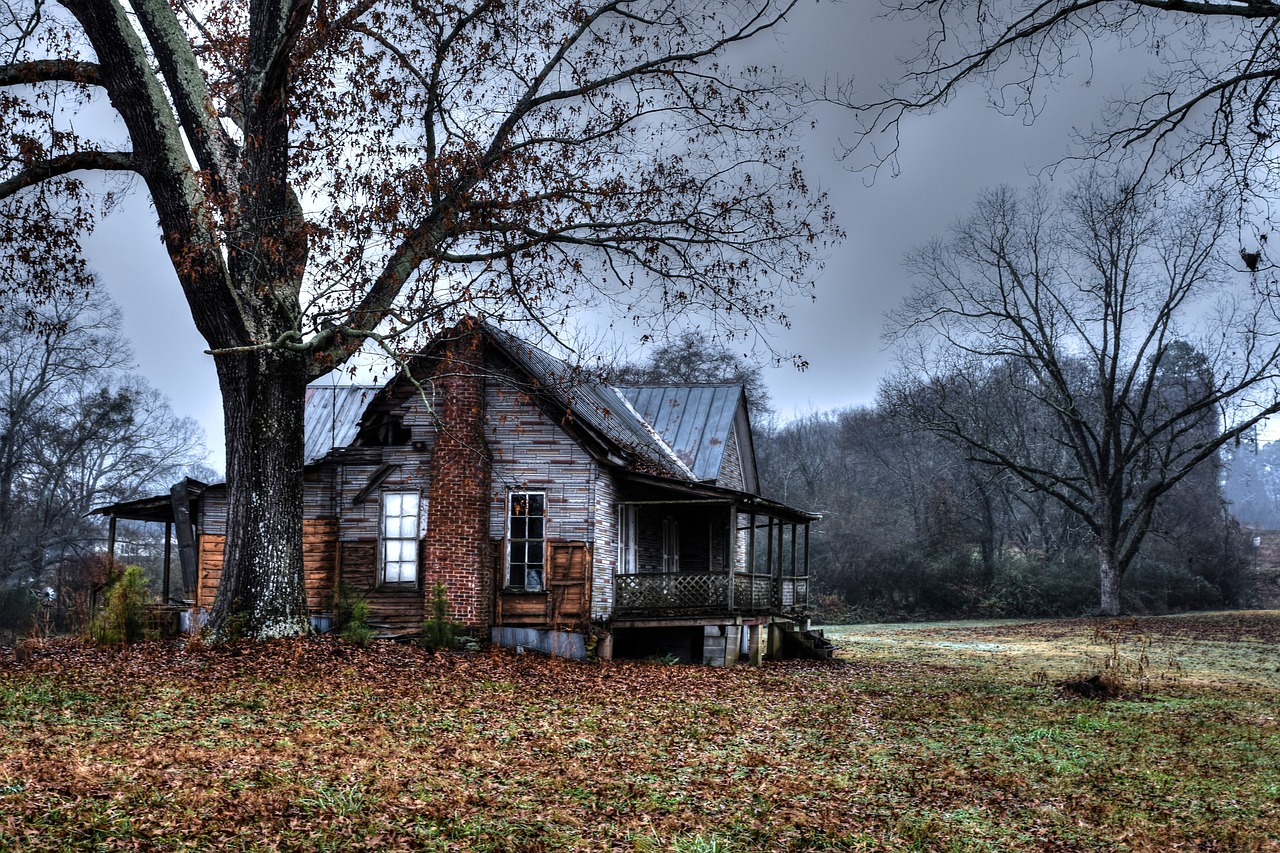In the complex world of property development, balancing progress with environmental stewardship is a growing necessity. Developers must consider not only the immediate economic benefits of their projects but also the long-term impact on the ecosystem. One critical aspect of this balance is the protection and management of existing trees on development sites. Trees are vital for maintaining biodiversity, providing habitats for wildlife, and improving air quality. This is where a BS5837 tree survey becomes invaluable. Such surveys assess the health, condition, and value of trees, offering recommendations for their preservation or management during and after construction. By integrating these insights, developers can create more sustainable projects that benefit both the environment and the community.
What is a BS5837 Tree Survey?
A BS5837 tree survey is a thorough evaluation of trees located within and near a proposed development site. It serves to assess the impact that the planned construction will have on these trees and offers recommendations for their protection and management.
The tree survey involves several critical steps to ensure the health and preservation of trees on or near a development site. Initially, all trees are identified and mapped to understand their spatial arrangement relative to the proposed development. Each tree undergoes a health and structural integrity assessment, checking for diseases, decay, and structural weaknesses. Trees are also evaluated for their amenity, ecological, and cultural significance to determine their preservation value. An impact analysis is conducted to understand how the proposed development will affect the trees, focusing on root protection areas and canopy space. Based on these findings, recommendations are made for protecting the trees during construction, including measures such as fencing and other strategies to minimize impact and ensure their long-term health. The entire survey complies with the British Standard BS5837:2012, which provides guidelines for tree surveys in relation to construction projects.
Why is a BS5837 Tree Survey Important?
A BS5837 tree survey is of paramount importance for developers for several reasons. It plays a crucial role in promoting sustainable development by ensuring that existing trees are preserved and integrated into new site designs, contributing to green infrastructure and enhancing the overall health of urban environments. Additionally, compliance with BS5837 is a legal requirement for most planning applications, helping developers meet regulatory standards and avoid potential legal issues. The survey’s recommendations prevent unnecessary damage to trees during construction, preserving their longevity and benefits such as air quality improvement and aesthetic value. Conducting a BS5837 tree survey also demonstrates a developer’s commitment to environmental sustainability and responsible land stewardship, which can enhance their reputation and align with broader environmental goals. Furthermore, understanding the importance of tree preservation empowers individuals and organizations to advocate more effectively for the protection of trees in their local areas, leading to more sustainable and ecologically friendly built environments.
Conclusion
In conclusion, a BS5837 tree survey is not just a box-ticking exercise for developers. It is an essential tool that bridges the gap between development and environmental conservation. By identifying, assessing, and recommending protection measures for trees, these surveys ensure that development projects are both sustainable and compliant with legal standards. Furthermore, they reflect a developer’s commitment to responsible land use and environmental stewardship.
For developers looking to integrate environmental sustainability into their projects, understanding and implementing the findings of a BS5837 tree survey is a crucial step. If you’re embarking on a new development project, consider the long-term benefits of preserving existing trees and the positive impact this can have on your project’s success and reputation.

